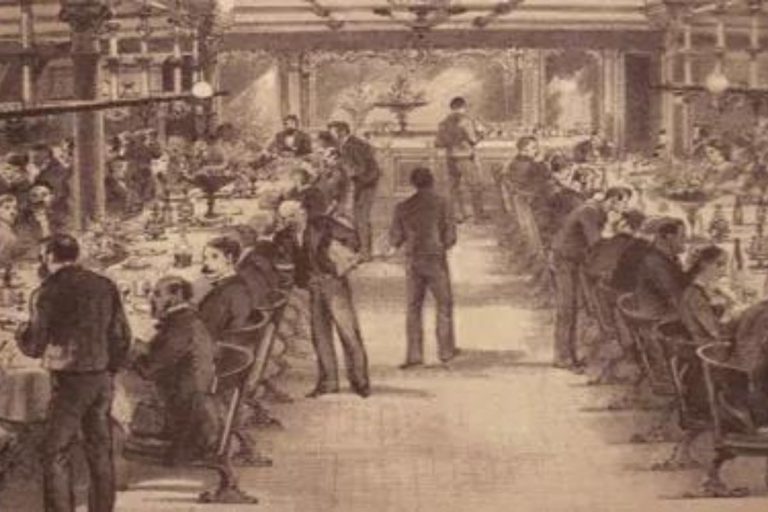For more than a century, dining has been a grand affair on board cruise ships. Words: Rob Henderson.
Dining on modern cruise ships is an event of choices in the variety of cuisine offered in numerous themed venues. To take advantage of all the food being offered on most ships requires an appetite of epic proportions and leads many to the dangerous habit of constant grazing.
Gone are the days of defined meal times and fixed seating. You could make a choice between first and second sitting and even nominate your table companions, but if that didn’t happen then fronting the maitre d’ was a trial of wills and not a little ‘consideration’ often changed hands to satisfy your request.
Today, many dining rooms offer the main evening meal on what is called freedom dining, meaning you can dine at any time, say between 5.30pm to 10pm, provided you have made a reservation. You can, of course, choose your table companions, or be a mystery to other passengers and dine alone in splendid isolation. Alternatively there are the themed restaurants requiring reservations and in many cases a token cover charge. Then there is the all-day buffet that goes well into the night, and various fast food outlets.
So how has dining at sea evolved from the short-lived era of the famous clipper ships to the age of steam and today’s cruise ships? In sailing days, emigrants brought on board not only their own bedding but also food for the voyage and utensils required. Alternatively, you paid handsomely for the privilege of keeping company with the captain at his table. It was a case of what you ate on board walked on board with you – anything from fowl to pigs and cattle and in one known case a certain captain even grew his own vegetables in
a carefully selected area of the ship.
The first steamships offered vastly improved conditions but it was in the North Atlantic trade in the 19th century where intense competition saw the most dramatic developments in dining rooms.
In the 1870s, P&O commissioned hand-coloured sketches depicting life on board its steamers from Britain to ports East of Suez (above). Tablecloths were dampened to prevent sliding dishes and the ‘fiddles’ are in place to stop plates and food from falling into laps. Note the cloth ‘fans’ suspended above each table, which in non-air-conditioned days were swayed to keep the air moving, usually operated by a deck boy.
Company rivalries saw dramatic changes in dining room layouts such as the multi- deck ‘meringue baroque’ saloon on board the German liner Kaiser Wilhelm II of 1902 (right).
Hamburg-America Line made a decision at the turn of the 19th century that ships should satisfy passengers with their comfort and service, rather than speed. To this end the famous César Ritz was commissioned along with Charles Mewès to help introduce à la carte dining, which reached its perfection in the Imperator of 1913. Completely self-sufficient with its own kitchens and chefs, the restaurant was approached through the Garden Cocktail Lounge. Passengers intending to dine à la carte would purchase tickets on the basis
of ‘transport only, no meals’.
Not to be outdone, the French Line concentrated on the excellence of its cuisine and dining style. In most French ships there was the obligatory ‘Grande’ entrance staircase that allowed bejewelled ladies in the latest fashions to make an entrance against a backdrop of Gallic splendour. A classic example of this is the liner France of 1912. Not to be outdone, the Italian liner Conte Grande of 1927 featured a dining room of numerous ‘styles’ set off by an abundance of gold leaf.
The Grill Room has been an essential part of Cunard liners for more than a hundred years. Its exclusivity and elegance were perfectly captured in the 1935 Queen Mary (below left). Incidentally, the small dance floor in this view was known as the most perfectly flat floor
on the ship!
On the Australian service, the Orient Line ships of the 1920s featured remarkable interior designs from the café on board Orontes in addition to the principal saloon (inset, opposite page). This was extended in the post-World War II liners such as Oronsay and Orsova, which had a small restaurant for intimate gatherings and adjacent cocktail bar high on the aft end of First Class.
So if you are cruising on P&O’s Pacific Jewel from Sydney and dining at Luke Mangan’s Salt Grill restaurant, remember how it all started… with César Ritz and his famous restaurant on board Hamburg-America Line ships all those years ago.








